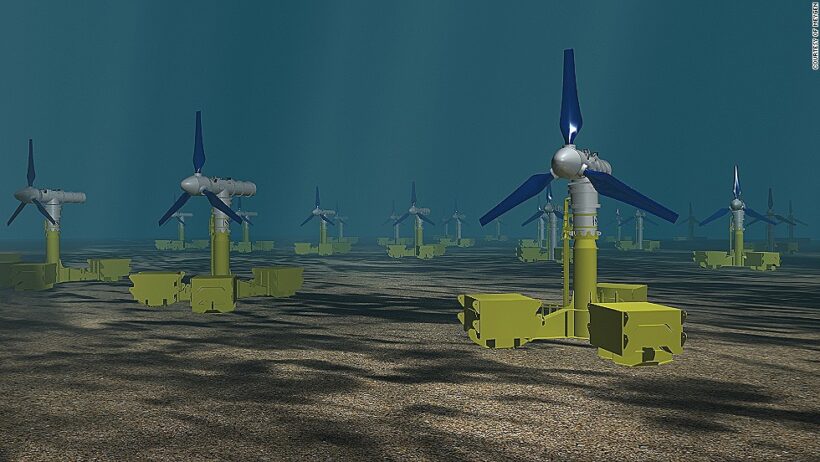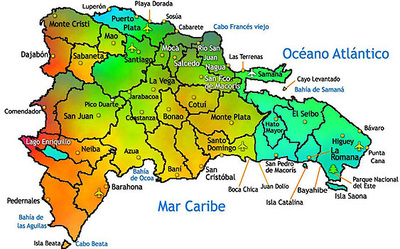Florida, with its expansive coastline and abundance of waterways, naturally provokes a playful inquiry: why doesn’t this sun-soaked state harness the power of its tides to advance energy conservation? The idea seems almost whimsical, as if Florida, with its sunny beaches and vibrant tourist hotspots, could be transformed into a renewable energy haven. Yet, the reality is more complex, requiring an exploration of the feasibility, potential, and current status of tidal power in the Sunshine State.
Tidal energy is generated from the movement of water caused by the gravitational pull of the moon and sun. This form of energy is predictable and environmentally friendly, producing little to no greenhouse gas emissions. In regions where tides are particularly powerful, tidal energy can be harnessed effectively through various technologies like tidal turbines, barrages, or dynamic tidal power systems. Comparing tidal energy’s reliability to other renewable sources such as wind and solar, tides offer a consistent and regular energy source—a rhythm dictated by the celestial bodies, as ancient as time itself.
So, why hasn’t Florida jumped on the tidal power bandwagon? A significant obstacle is the state’s relatively low tidal range. The tidal range is the vertical difference between high tide and low tide. In places like the Bay of Fundy in Canada, the tidal range can exceed 16 feet, making it an ideal site for tidal energy projects. Conversely, Florida’s tidal range is about 2 to 3 feet in most areas, which is insufficient for conventional tidal energy systems to operate efficiently. In stark contrast to its neighbors such as Georgia and South Carolina, Florida’s geographical characteristics limit tidal potential.
However, the challenge does not solely lie in tidal dynamics. Infrastructure issues also weigh heavily on the feasibility of implementing tidal energy projects in Florida. Constructing tidal energy facilities requires significant investment and long-term commitment to a relatively untested energy framework within the state. Traditional energy sources, particularly natural gas, have become the predominant choice for energy production in Florida, largely due to their established infrastructure and the political clout of fossil fuel industries. The transition to tidal power conflicts with existing energy paradigms and presents a formidable challenge in policy-making and funding allocation.
Moreover, the ecological implications of tidal energy infrastructure can provoke further hesitation. While tidal energy is less invasive than fossil fuels, it is not without its environmental ramifications. The construction of tidal turbines could disrupt marine life, alter local ecosystems, and impact navigation. As an ecologically sensitive area, Florida must weigh the benefits of renewable energy against the potential disruption of its delicate coastal environments. Policymakers are thus faced with the dilemma of balancing ecological integrity with energy needs, a challenge that is not easily solved.
Nonetheless, enthusiasm for renewable energy sources is growing in Florida. The state boasts a commendable commitment to solar energy, ranking among the top states in the US for installed solar capacity. This commitment reflects a broader recognition of the urgency of climate change and the necessity for sustainable energy solutions. Additionally, Florida’s geographical location positions it well for exploring alternative renewable sources, potentially including advances in tidal technology. Innovations in marine and hydrokinetic energy could reshape the conversation around tidal power, unlocking new possibilities even in regions with limited tidal ranges.
Innovative research is underway to maximize the energy captured from oceanic and tidal movements, shifting focus from large-scale barrages to smaller, more adaptable systems that could operate in Florida’s unique coastal environments. One emerging avenue is the idea of submerged tidal turbines placed in areas of strong tidal flow. These systems could operate efficiently and minimize ecological disruption, catering to Florida’s less pronounced tidal variations.
Moreover, Florida is home to a vibrant community of scientists and researchers, eager to explore uncharted territories in renewable energy. Collaborations between academic institutions, government agencies, and private sectors may pave the way for project feasibility studies and pilot programs. With the right investment and interdisciplinary cooperation, what might once have seemed improbable could morph into tangible realities. The thought of harnessing Florida’s tides isn’t merely pipe-dreaming—it represents an avenue worth exploring to build a resilient, low-carbon future.
As awareness of climate change burgeons, does Florida possess the fortitude to transform its shoreline into a cradle of tidal innovation? The challenge remains immense, but the opportunity to dynamically engage with renewable energy is equally compelling. Whether through tidal systems or advancements in alternative technologies, the question remains—will Florida seize the moment to enhance its energy portfolio and align with the global movement toward sustainability?
In conclusion, Florida’s interactions with tidal power highlight a broader narrative about renewable energy transitions across the globe. The state stands at a crossroads, where innovative thinking and ecological responsibility could usher in a new era of energy. However, the playfulness of the inquiry into tidal energy displays the need for profound scrutiny of our paths toward sustainability. The quest is ongoing; each wave of the tide whispers reminders that the solutions to our energy needs may lie just beneath the surface, waiting to be realized.







